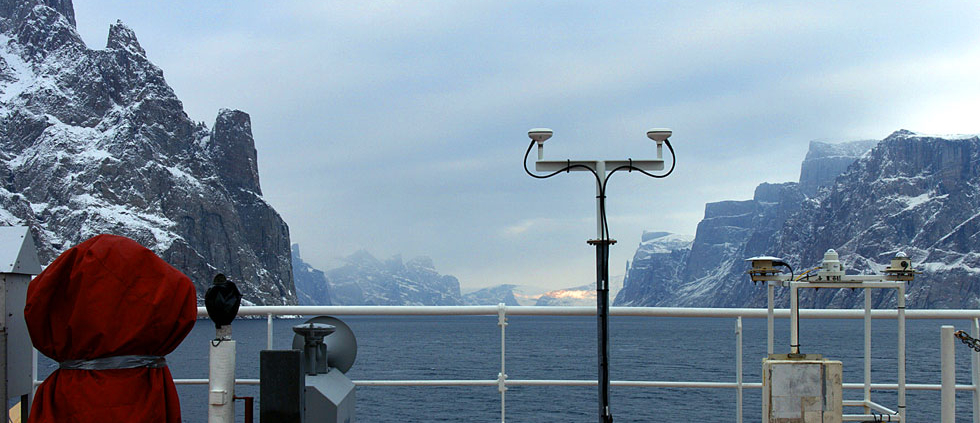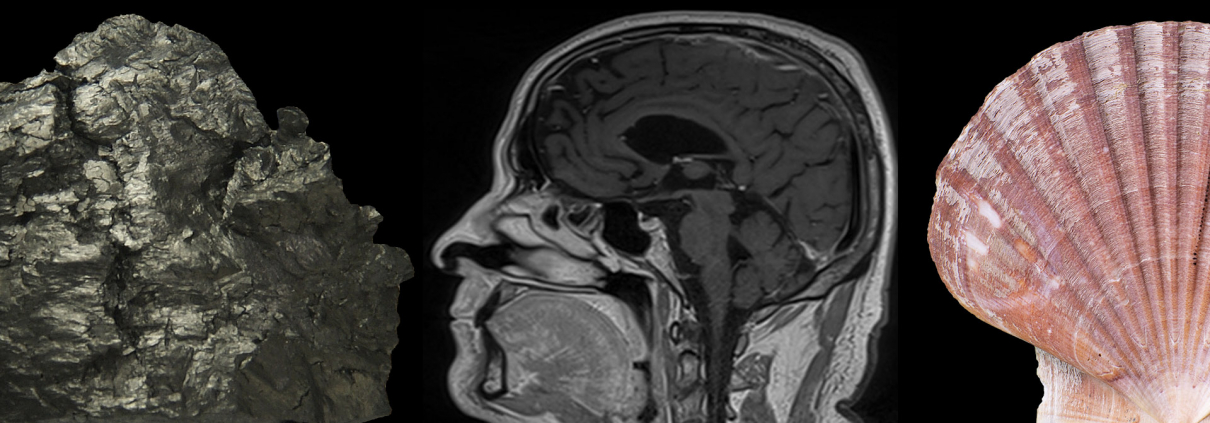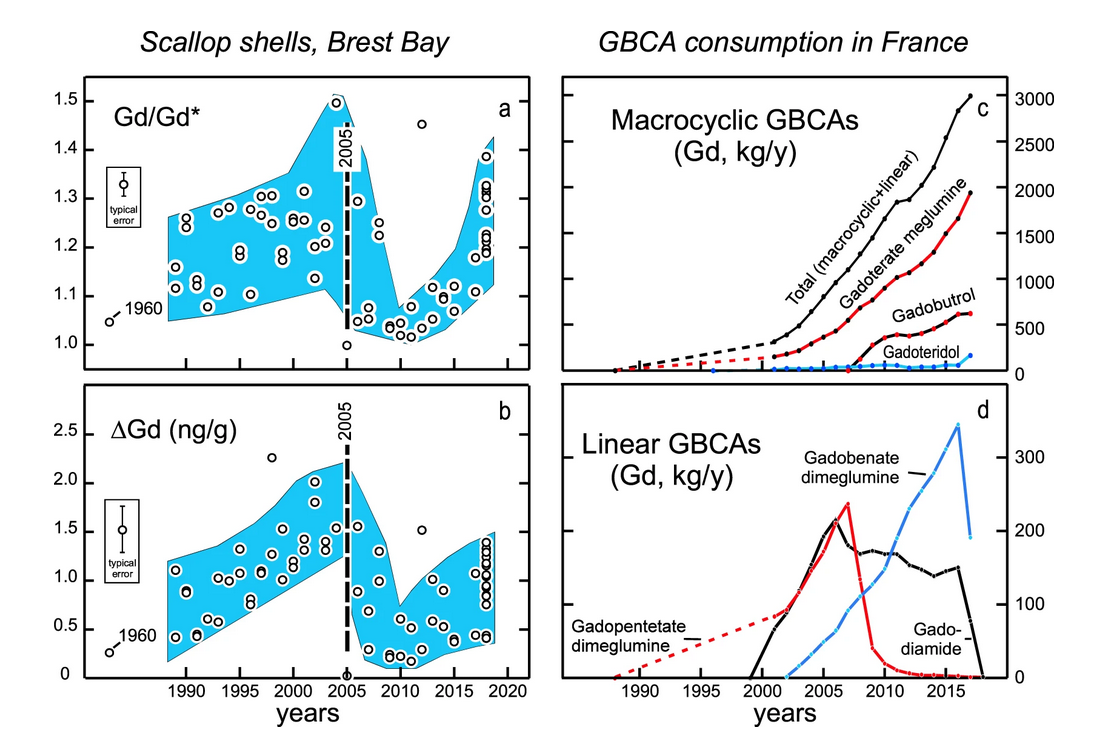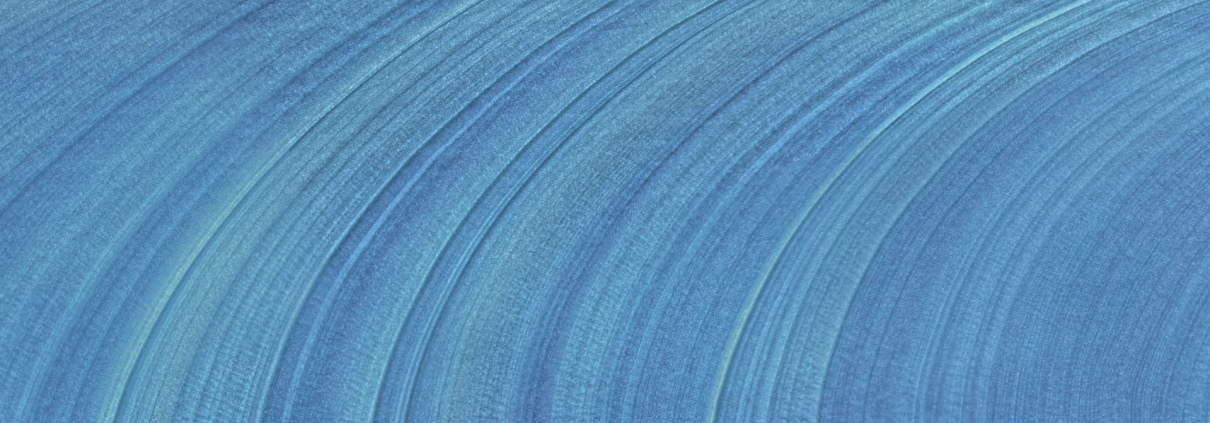ARCTIC BLUES, an exhibition
Returning from missions in Antarctica, biologists from Brest were asking themselves the question: how to tell their emotions about the beauty of the poles and the certainty of the disaster, in a context of scientific research?
In 2013, they propose to involve artists from all walks of life in their polar expeditions. For seven years, artists and scientists have shared missions in Arctic and sub-Arctic environments. This heterogeneous group has therefore lived in the same field between research, hesitation, failure and discovery.
The exhibition ARCTIC BLUES reflects the richness of this dialogue. Photography, video, installation, writing, sound creation, music and scientific frescoes respond to each other or collide to create a singular object: something like an attempt to blend art and science where both are revealed, with new, complementary and unpredictable colours. The exhibition highlights the shared doubts and the richness of the experiences lived during the round trips between the Brest harbour and the poles. The passer-by will discover a small part of the Ocean as well as one of the facets of the current oceanography developed in Brest over the past fifty years. ARCTIC BLUES testifies that at the tip of Brittany, improbable encounters and assertive curiosities allow the emergence of new ideas and perspectives.
This exhibition tour restores to the public seven years of research and residencies between artists and scientists within the associated BeBEST International Laboratory, a collaboration between the LEMAR laboratory (CNRS/Ifremer/ IRD/UBO) and ISMER in collaboration with the Muséum National d’Histoire naturelle.
General Commissioner and Coordinator: Emmanuelle Hascoët, Fovearts
Scenography: Les ManufActeurs
Graphic design: Nathalie Bihan
Production of projections: Olivier Koechlin
An exhibition presented by FOVEARTS and LIA BeBEST of LEMAR, in collaboration with the Ateliers des Capucins, La Médiathèque François Mitterrand – Les Capucins, Brest métropole, La Carène
In partnership with the CNRS, the Museum of Natural History, Passerelle-centre d’art contemporain, UBO, LEMAR
With the support of Océanopolis, Ailes Marines, Suravenir/ARKEA, Pix in the City, TBM.
PRACTICAL INFORMATION:
Médiathèque François Mitterrand, Les Capucins
« Avant la débacle »
Access by Place des Machines
Opening hours : 10h – 19h every day
Passage des Arpètes, Ateliers des Capucins
« Amundsen leg 3 2014 »
« Falling Sun »
Opening hours : 10h – 20h every day
« Pénélope des glaces »
« Nous sommes »
SONARS
Scientific display
Opening hours : 10h – 00h every day but closing at 01h on Friday, Saturday and the day before public holidays
Passerelle – Centre d’art contemporain
« The Noisy world » by Vincent Malassis
From 08 June to 31 August 2019
41 rue Charles Berthelot
Opening hours : on Tuesday from 14h to 20h and on Wednesday until Saturday from 14h to 18h30. Closed on Mondays, Sundays and public holydays.
Ateliers of the Capucins, Brest from Saturday 22 June to Sunday 22 September 2019

 Jean- Pierre Aubé
Jean- Pierre Aubé







